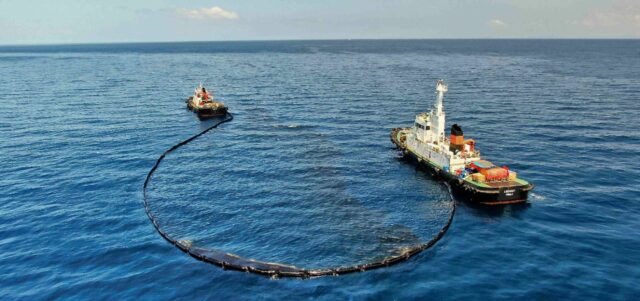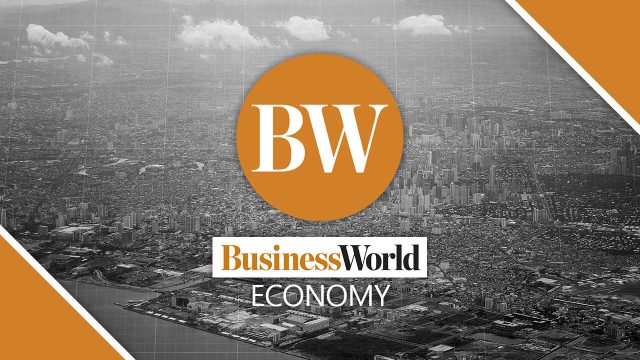Universities need to embrace AI to keep skills gap from widening, professor says
By Beatriz Marie D. Cruz, Reporter
PHILIPPINE universities must focus on integrating artificial intelligence (AI) in teaching to prevent the skills mismatch in the job market from worsening, according to an IE University in Madrid professor.
“If the universities do not adapt, AI will make the mismatch more severe, because you will have a work environment heavily shaped by AI across multiple functions of business,” Manuel Muñiz, provost of IE University and a professor of practice of international relations, told BusinessWorld on the sidelines of a briefing on last week.
Only 50% of Filipino students believe their institution is effectively preparing them to work in a Generative AI-driven world, according to “The State of Higher Education 2025” report published by educational technology company Instructure.
“But if universities adapt and they bring the tech in and they teach the students how to use it in a productive, ethical way, etcetera, they’ll be pumping out graduates that are going to be in high demand in the workplace.”
Mr. Muñiz said that universities must avoid the “competition mindset” with the use of AI.
“If universities think that their students are in competition with the tool… that’s a problem because your students are never going to live in a world once they graduate where the tools are not there,” he said at a media briefing.
“When these tools came out in 2022 and 2023, the first reaction was, ‘Boy, this is plagiarism, we’re going to ban it,’” Mr. Muñiz said.
“But this is a mistake, because I don’t think we should be building learning spaces that are radically different from the world that your graduates are going to inhabit. So, our attitude has been ‘We need to take the world as it is, and we need to leverage these technologies for learning.’”
With AI increasingly driving business, universities are expected to focus on teaching soft skills like creativity, innovation, strategic thinking, and leadership, Mr. Muñiz said.
Universities will also prioritize experiential learning, and harness the humanities in analyzing the impact of AI and other technologies.
Moving forward, Philippine universities must focus on training faculty members and students in the productive and ethical use of AI, according to Mr. Muñiz.
“My first piece of advice would be to extend the use of the tools amongst the faculty and the students,” he said, citing readily available AI tools and large language models.
As an example, IE University recently integrated OpenAI tools to provide its students with specialized AI courses.
“The second piece of advice would be to train your faculty — that you have a group of individuals that are aware of what the tools can do in the learning environment,” Mr. Muñiz said.
He cited the need for universities to establish a code of conduct for the AI use.
“It used to be the case that the learnings that you acquired in formal education would last you for decades,” Mr. Muñiz said.
“But now, they become obsolete much faster because the industry changes, the tools change, the processes change.”












